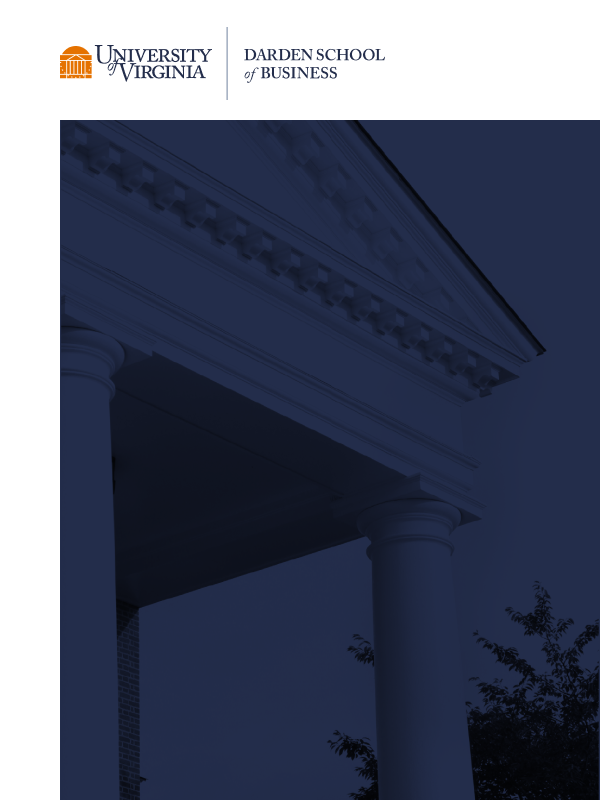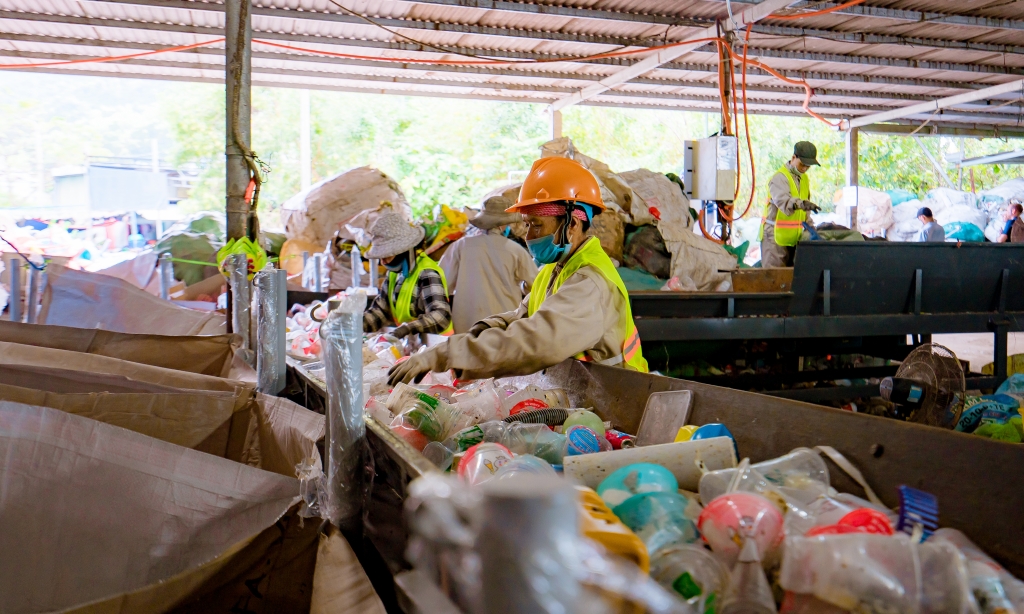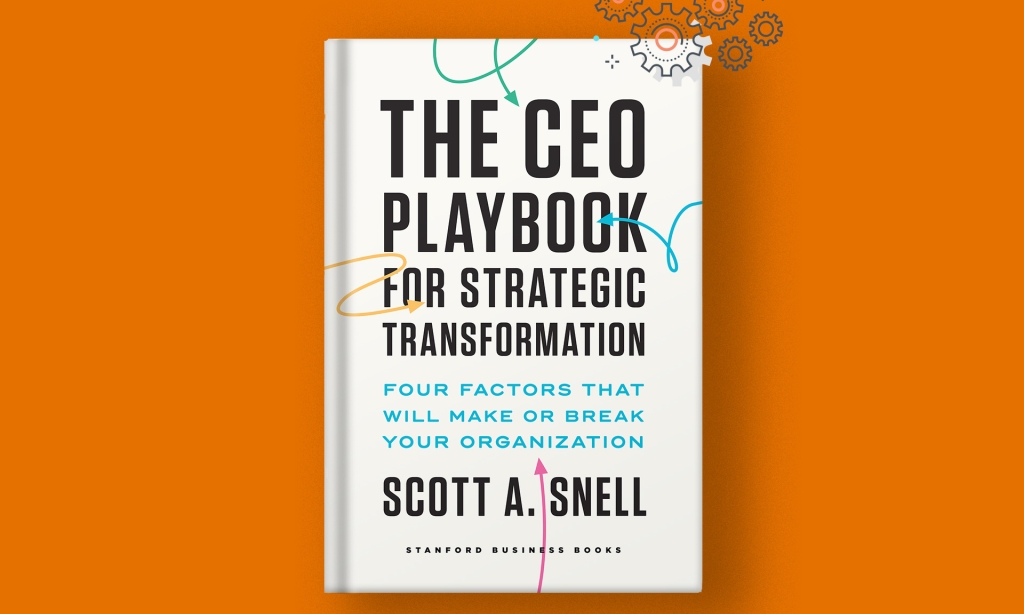
In Through the Out Door
Erika Deibert lived alone in a three-story townhouse with a first-floor garage. An intelligent and successful executive in the health care consulting industry, she liked her job and was good at it. She felt efficient while in the office but also enjoyed being at home, where she could retreat from the hectic world outside, catch up on work, entertain friends and sleep.
She lived simply and well, managing to limit her furnishings to a few simple yet functional pieces. A maid came once a week to vacuum, mop and clean the bathrooms and kitchen. This was hardly necessary, since Erika often ate out for both lunch and dinner; the most she would prepare for herself was toast and coffee for breakfast and a salad in the evening. It was truly a life centered on work, socializing, relaxation — and the avoidance of accumulation.
Erika did allow herself to accumulate shoes. She tended to match shoes with outfits and owned about 75 pairs in all — five for every suit she owned. The shoe pile was an enormous heap of leather and laces; she often found herself pawing through a pile of stilettos, muttering under her breath about the scrapes and bruises she sustained as a result. She could never find the ones she wanted when she wanted them. This was a constant source of irritation.
The other unfortunate bump on Erika’s otherwise smooth road was the process of bringing in and sorting the mail. It seemed that the mountain of junk mail would never abate — no sooner would she devote 15 minutes of precious time to deciding which trash can should receive the newest holiday catalogs and insurance company mailings than another batch would clog her mailbox. Overall, Erika’s life was rather streamlined, but not everything was working.
One day, curled up on her cozy chaise lounge, Erika considered how she had worked hard to get to a place in her life where she could enjoy the finer things, and then pondered how she might address those areas that still annoyed her. She decided to rectify the shoe and mail problems immediately.
Erika determined that what required attention were the interfaces between activities outside and inside her home on a typical day. Her morning coffee ritual was also in need of restructuring. Once she had made it through the office door or settled in at home, everything was fine; what needed a makeover were the transitions, the “shift change,” the setup required to run another batch. The edges of things.
Once Erika identified the routines she wanted to optimize, doing so was a breeze. She converted a bathroom on the landing between her first-floor garage and the second-floor main living space into a “shoe room,” taking full advantage of standard storage products. Now she had a place for not only every pair of shoes but also umbrellas, coats, bags and other weather-related accessories. She also thought to install a table next to an outlet where she could charge her smartphone and also drop her keys and ID badge. It was a dream; she now had a complete entry-exit hub to manage the trappings of her comings and goings.
The mail, too, was rather simple, once she dealt with the problem head-on instead of continuing to allow it to annoy her and drain her energy. The first thing Erika did was install a large recycling bin in her entry-exit hub that allowed her to discard much of her incoming mail before it even entered her main living space. Second, she set aside a few hours to research ways to remove herself from the many mailing lists that she’d been added to over time. She found a service online whereby, for $25, she could provide the junk mail that she’d collected for three months, and the company would do the grunt work of getting her off the lists. That sounded worth the gamble, so she decided to let the catalogs accumulate and then send in the whole pile.
Erika’s morning kitchen routine, however, required a bit more attention. The shoe room and junk mail solutions were examples of kaizen events — kaizen is the idea of continual improvement of a process, and of every step in the process, through relentless evaluation, and kaizen “events” are often short bursts of activity of which the goal is a specific improvement project. But her morning routine cried out for a full-bore Lean process improvement campaign. Not a morning person, Erika would walk in circles around the kitchen multiple times, grabbing coffee on one pass, a piece of toast on another and perhaps a disposable lid along the third lap, all before beginning the task of identifying the perfect shoes.
Of all her tasks, this was the most difficult to improve; yet through some ingenuity and a small capital investment, she solved the problem. Now, in her caffeine-deprived state, she would stand in one place and select a flavor from her instant, single-serve coffee maker, take three steps to the next cabinet to choose a cup, then arrive at the brewer to drop her flavor selection into the machine and press “brew.” Instead of padding around the Italian tile as her coffee brewed, she took her vitamins. “Boring,” she reflected, as she popped a probiotic capsule, capped her freshly brewed cup and headed downstairs to the “hub.”
While driving to the office, she realized she’d shaved nearly 20 minutes off her morning routine, then instantly calculated what that meant in terms of incrementally accumulated beauty sleep over the next 15 years. Ah, she sighed to herself as she coasted to a stop: The true meaning of “value-add.”
This post is excerpted from The Lean Anthology: A Practical Primer in Continual Improvement (Productivity Press), by Management Consultant Rebecca Goldberg (MBA ’03) and Darden Professor Elliott N. Weiss. In the book, the authors define Lean as “the relentless pursuit of creating value by strategically eliminating waste” and illustrate Lean principles in real-life settings. Please see this post’s companion piece, “Standardizing Work to Reduce Cycle Time,” for theories on organizing space, process improvement and eliminating waste.
For more concepts detailed in the book, please see Avoiding Martial-Arts Moves by ‘Pulling the Andon Cord’ and How Process Improvement Principles Can Save Time in Your Day in the Darden School of Business/Washington Post “Case in Point” series.
Professor Weiss teaches in the Executive Education program Management Essentials for Developing Leaders, which equips new managers and technical experts with the essential management skills and strategic perspectives needed to succeed in today’s business world.














